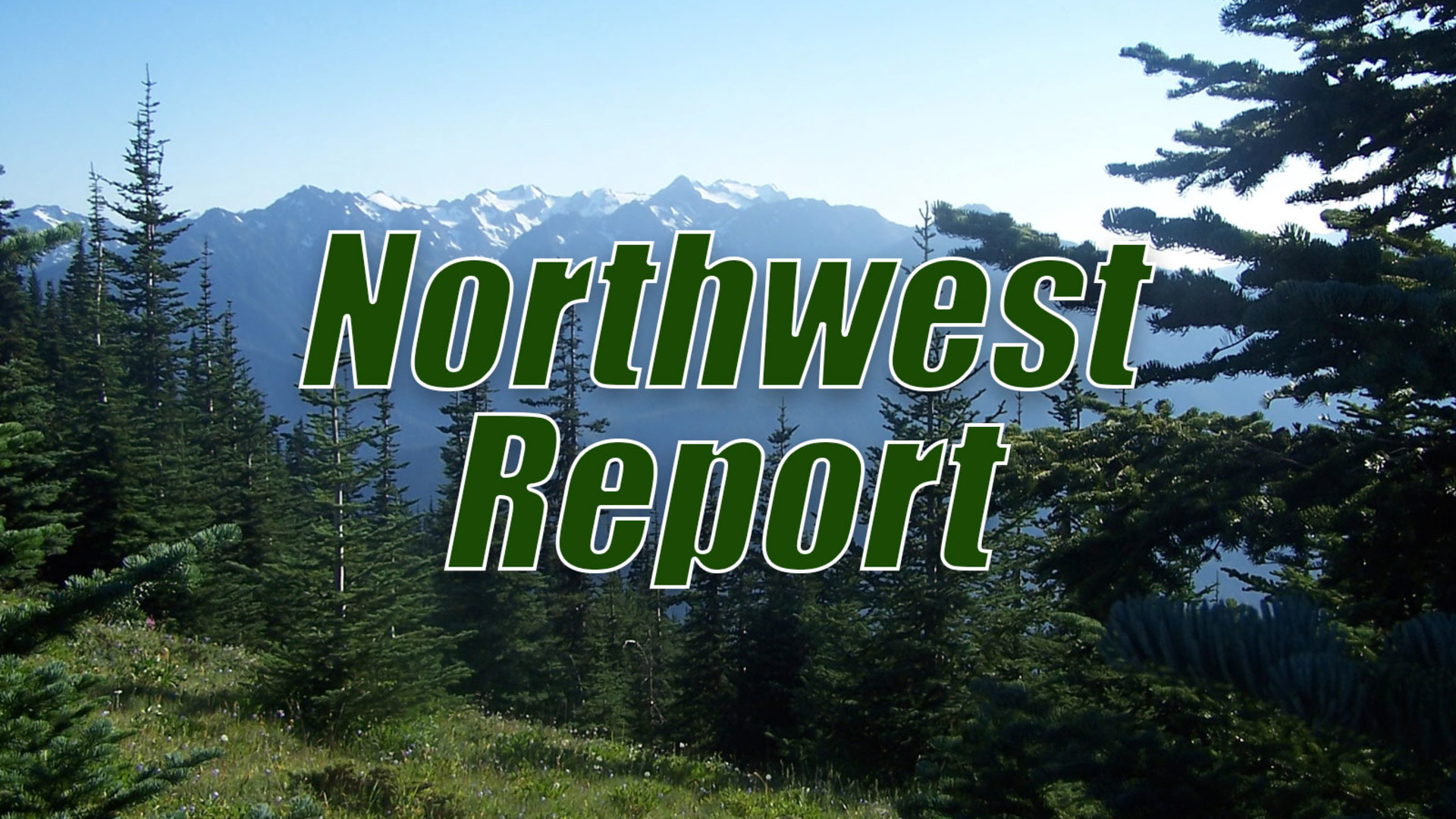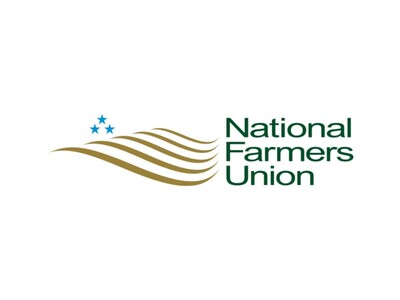Fourth Fires & Heat Wave
Fourth Fires & Heat Wave plus Food Forethought. I’m Greg Martin with today’s Northwest Report.
The Fourth of July is all about celebrating the U.S. independence and the fireworks displays a representative of the battles that it took to gain that independence. But extreme care should be take with those fireworks. Because the weather is warming up and vegetation is drying out, fires can start and spread quickly. Before you start out with your fireworks, make sure it is legal to use them in your area. Extreme care should also be taken with campfires on this upcoming long holiday weekend.
As I’m writing this the temperature outside is approaching 100 and it’s not even the hot part of the day. Many folks are asking...what happened? Meteorologist Brad Rippey gives us an answer.
RIPPEY: Anytime you have heat of this nature you are obviously talking about a ridge of high pressure in the upper atmosphere and what happened is we had a very warm pattern established across the entire United States last week but the western part of that hot air mass decided to become a little bit better established. The jet stream buckled, it allowed for a ridge to intensify across the west and in turn we’ve seen some cooling across the midwest and the east.
Now with today’s Food Forethought, here’s Lacy Gray.
What we say and what we do can be two distinctly different things. Take consumer preference polls. Researchers report that most consumers would prefer to buy locally sourced foods. But the big question is “do they?” More often than not when consumers find that they will have to pay more for meat or produce that is free from antibiotics, pesticides, or genetically modified ingredients they will opt to go with what puts less strain on their pocketbooks. I would be very interested in a research study that actually noted what consumers did at the grocery store when they were unaware that they were under surveillance, and were not under pressure from any outside influence. Given the choice of a non-GMO labeled product and a much cheaper brand X product, which would most consumers really pick off the shelves? I think most would put the less expensive brand X product in their shopping cart. And I said most, not all. I relate it to car shopping. When I go looking for a new car, I often check out the sexy little import numbers with their slinky bodies and high price tags, but it’s the adorable yet affordable car model that I drive off the lot. I prefer a Tesla Model S but I drive an HHR.
Thanks Lacy. That’s today’s Northwest Report. I’m Greg Martin on the Ag Information Network.














